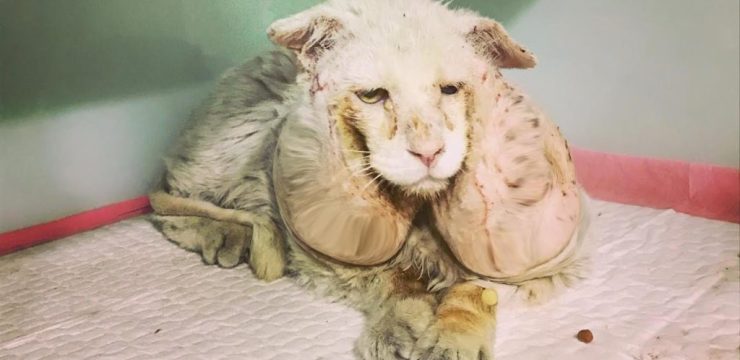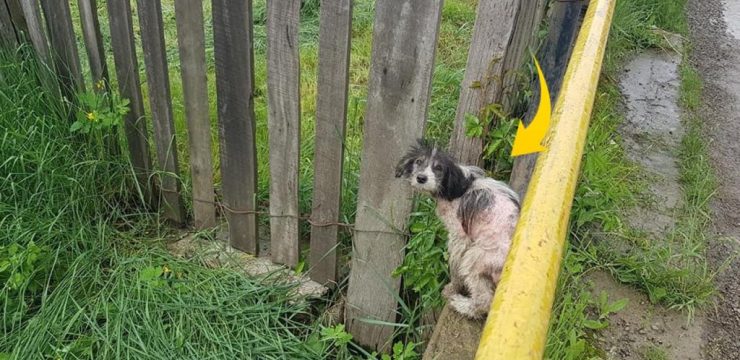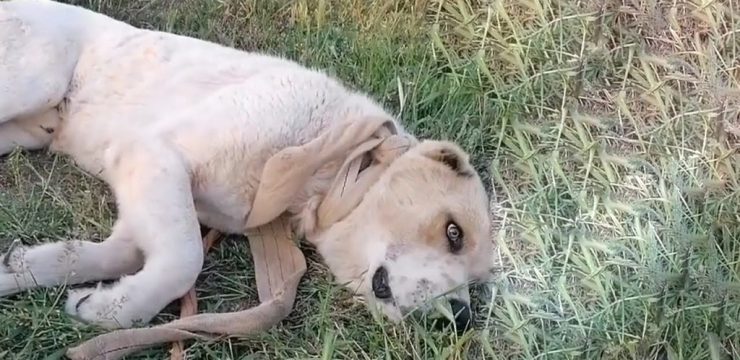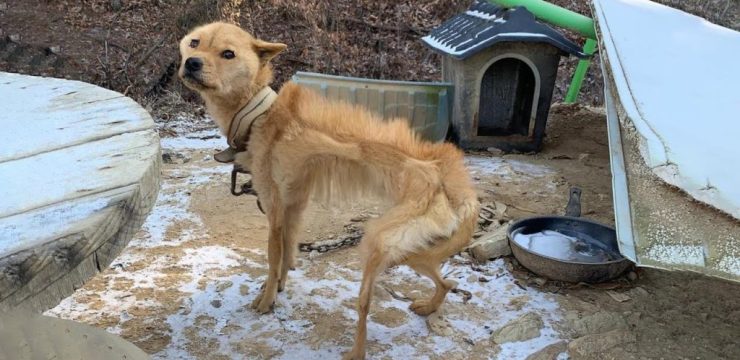There’s something undeniably fascinating about visual puzzles, especially those that challenge our ability to distinguish reality from illusion. The viral image circulating online features seven birds lined up with the question: Which one is real? It might seem simple at first glance, but many find themselves second-guessing their choice. So, can you identify the real bird?
Take a moment to analyze the image before reading further. By the end of this article, not only will you have the answer, but you’ll also gain useful strategies to improve your attention to detail for future puzzles.
Why Are Visual Puzzles So Addictive?
Puzzles like these captivate us because they engage multiple cognitive functions. They challenge our:
- Attention to detail: Small differences can reveal the truth.
- Pattern recognition: Our brains are wired to notice what doesn’t fit.
- Logical reasoning: Clues help us build conclusions systematically.
Beyond entertainment, these brain teasers are great for sharpening observation skills and improving cognitive flexibility. But what makes this particular puzzle so tricky? Let’s explore common mistakes people make when trying to solve it.
Common Mistakes When Identifying the Real Bird
Many people get this puzzle wrong because they don’t take a structured approach. Here are the most frequent errors:
1. Relying on Gut Instinct
The first impulse is to scan the lineup quickly and pick the bird that feels real. However, subtle indicators such as texture, shadows, and natural posture are often overlooked.
2. Falling for the Obvious Choice
In visual puzzles, the correct answer is rarely the most obvious one. Some may choose a bird that stands out due to its color or position, only to realize later that their choice was misleading.
3. Ignoring Context Clues
All seven birds in the image appear strikingly similar. Without evaluating how they interact with their environment—like lighting and shadows—it’s easy to miss crucial details.
4. Overlooking Texture and Movement
A real bird will have distinct feather textures and a more natural posture. Since this is a still image, movement isn’t a factor, but analyzing texture can provide a major clue.
Now that you know what not to do, let’s go step by step to identify the real bird.
Step-by-Step Guide to Solving the Puzzle
Step 1: Eliminate the Most Unrealistic Birds
Start by identifying the ones that look the least natural. Toy birds often have overly bright colors or smooth plastic surfaces. For example:
- Bird #1 has unnaturally vivid orange and green shades.
- Bird #7 looks too shiny, suggesting it’s made of plastic.
By ruling these out, you narrow down your choices.
Step 2: Examine Textures and Details
Zoom in or look closely at each bird:
- Feathers vs. Smooth Surfaces: A real bird will have a natural feathered texture, while toys often have uniform, glossy surfaces.
- Eyes: Real birds have eyes with depth and a slight gloss, while toy eyes may appear flat or painted on.
- Beak and Feet: Are they naturally textured, or do they look overly stylized and artificial?
Step 3: Observe Interaction with the Environment
Look at how the birds interact with the wooden floor:
- A real bird casts a natural shadow that aligns with the lighting.
- Toy birds tend to have rigid, unchanging shadows and sit perfectly flat on the surface.
Step 4: Check for Natural Posture
Real birds rarely sit completely still. They may tilt their heads or hold a slightly asymmetrical posture. A toy bird, on the other hand, will likely be positioned in a perfectly symmetrical, unnatural way.
Step 5: Make Your Final Choice
After analyzing all the details, Bird #4 stands out as the real one. Here’s why:
- Texture: Unlike the smooth surfaces of the toys, Bird #4 has visible feather detailing.
- Posture: It doesn’t sit as rigidly as the other birds, indicating a natural stance.
- Shadow and Interaction: Its shadow appears more organic and aligns naturally with the lighting.
Why Attention to Detail Matters
This puzzle is a great reminder that small details can make a huge difference. Whether it’s problem-solving, decision-making, or creative thinking, developing strong observational skills is valuable in everyday life. Visual puzzles help train your brain to look beyond the obvious and analyze things critically—a useful skill in work, learning, and personal growth.
What Was Your Guess?
Now that you know the answer, did you choose Bird #4? Or did another bird stand out to you? Share your guess in the comments and let us know your thought process. Did you get it right immediately, or did you change your mind?
Ready for More Challenges?
If you enjoyed solving this puzzle, why stop here? Keep sharpening your brain with more engaging challenges:
- Spot-the-difference puzzles
- Logic-based riddles
- Hidden object games
The key to mastering visual puzzles is practice and patience. Each one you solve enhances your ability to think critically and creatively.
Final Thoughts: Keep Exercising Your Brain!
Visual puzzles like this one aren’t just fun—they help strengthen your mind and improve your observational skills. The next time you come across a challenge like “Which one is real?”, you’ll be better prepared to tackle it with confidence.
So, what are you waiting for? Challenge your friends, test their skills, and share this puzzle with them. After all, solving puzzles is even more enjoyable when it’s a shared experience!





